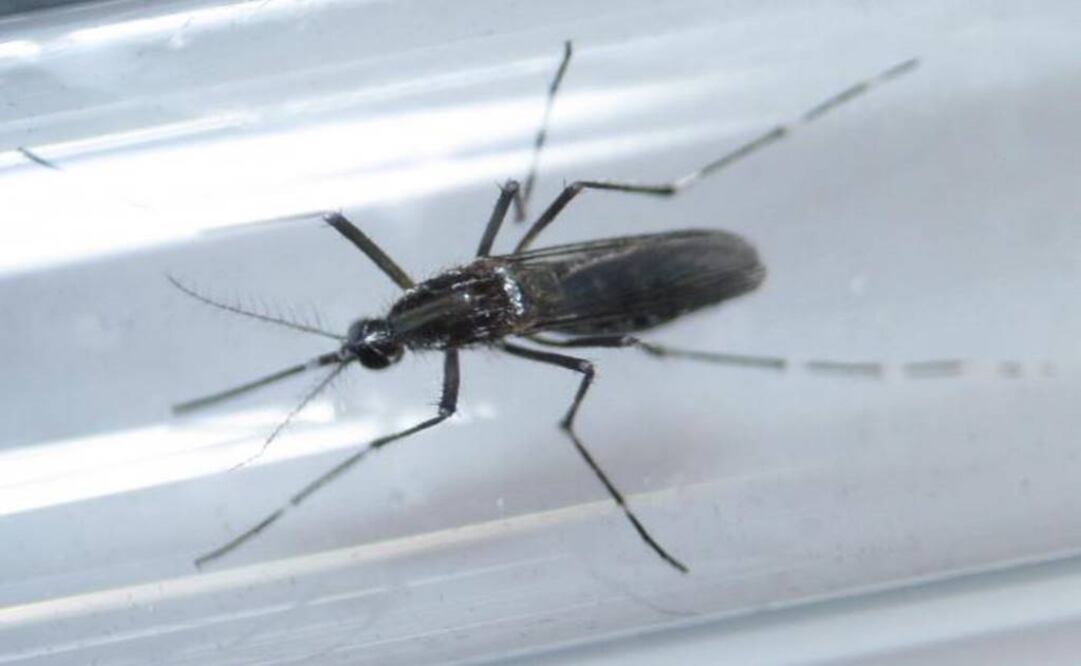Más Información

Fueron 60 los marinos mexicanos que viajaron en avión militar de EU que aterrizó en Toluca, según dictamen; PAN acusa transgresión de facultades del Senado

ONG's rechazan nombramiento de Francisco Garduño en la SEP; sigue imputado por el incendio migratorio de Ciudad Juárez, señalan

Avión de Trump sufre "problema eléctrico menor" rumbo a Davos y regresa a Washington; el presidente cambiará de aeronave
Researchers around the world are now convinced the Zika virus can cause the birth defect microcephaly as well as Guillain-Barre syndrome, a rare neurological disorder that can result in paralysis, the World Health Organization said on Thursday.
The statement represented the U.N. health agency's strongest language to date on the connection between the mosquito-borne virus and the two maladies.
The WHO also reported the first sign of a possible rise in microcephaly cases outside Brazil, the hardest-hit country so far in an outbreak spreading rapidly in Latin America and the Caribbean. Neighboring Colombia is investigating 32 cases of babies born with microcephaly since January, and eight of them so far have tested positive for the Zika virus, the WHO said.
This number of microcephaly cases reported in Colombia so far represents an increase over the historical annual average of about 140 cases.
"Based on observational, cohort and case-control studies, there is a strong scientific consensus that Zika virus is a cause of GBS (Guillain-Barre syndrome), microcephaly and other neurological disorders," the WHO said on Thursday.
In its previous weekly report, the WHO had said Zika was "highly likely" to be a cause.
The WHO in February declared the Zika outbreak an international health emergency, citing a "strongly suspected" relationship between Zika infection in pregnancy and microcephaly.
Although Zika has not been proven conclusively to cause microcephaly in babies, evidence of a link was based on a major spike in Brazil in cases of microcephaly, defined by unusually small head size that can result in severe developmental problems.
Brazil's health department this week reported 944 confirmed cases of microcephaly, and most are believed to be related to Zika infections in the mother.
Dr. Peter Hotez, dean of the National School of Tropical Medicine at Baylor College of Medicine, was not surprised by the WHO's statement.
"The evidence is just so overwhelming," said Hotez. He said the link to Guillain-Barre has also been pretty clear.
"The only lack of clarity," Hotez said, "is the percentage of pregnant women infected with Zika who give birth to a baby with microcephaly," which appears to be much higher than what was seen in a previous outbreak in French Polynesia.
While Guillain-Barre is a concern, Hotez said, "the overwhelming emphasis needs to be on preventing microcephaly in babies."
In recent studies, researchers have seen evidence of the virus in brain cells of stillborn and aborted fetuses. They also have seen signs that the brain had been growing normally, but that growth was disrupted and the brain actually shrank.
Scientists have been closely monitoring for possible microcephaly cases outside Brazil to rule out environmental factors in Brazil as a cause. Colombia has been following the pregnancies of women infected with Zika after seeing widespread transmission of the virus since October.
The latest WHO report reflects an increase in microcephaly and other fetal abnormalities in Colombia, where 56,477 suspected cases of Zika infection have been reported, including 2,361 laboratory-confirmed cases.
The two most important factors that predict where we're going to be start seeing microcephaly cases are presence of the mosquito that carries Zika virus and poverty, Hotez said.
He is worried that Haiti will be hard hit. "The Gulf coast in the U.S. is similarly vulnerable."
The U.S. Centers for Disease Control and Prevention will convene a conference in Atlanta on Friday to prepare for a coordinated U.S. response to Zika. Health officials are girding for an increase of Zika cases, especially in southern states, as the U.S. mosquito season starts.
Six countries where Zika is not known to be spreading by mosquitoes have reported locally acquired infections, probably through sexual transmission, the WHO said, naming Argentina, Chile, France, Italy, New Zealand and the United States.
To date, 13 countries or territories have reported increased incidence of Guillain-Barre or laboratory confirmation of a Zika virus infection in people with the rare autoimmune disease, it added.
Noticias según tus intereses
[Publicidad]
[Publicidad]











